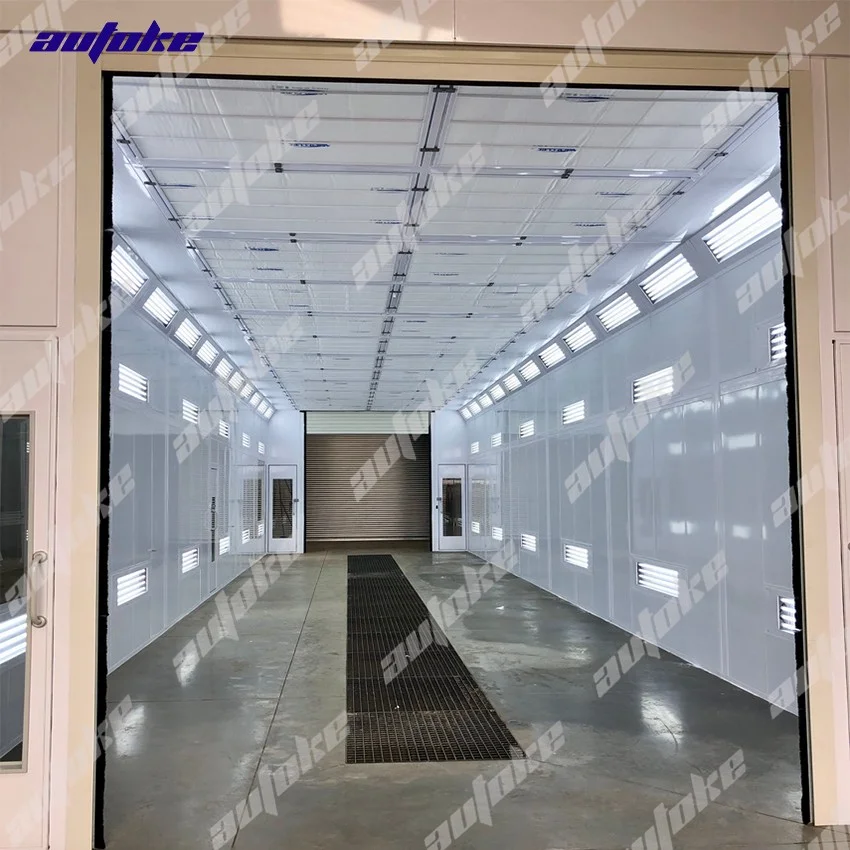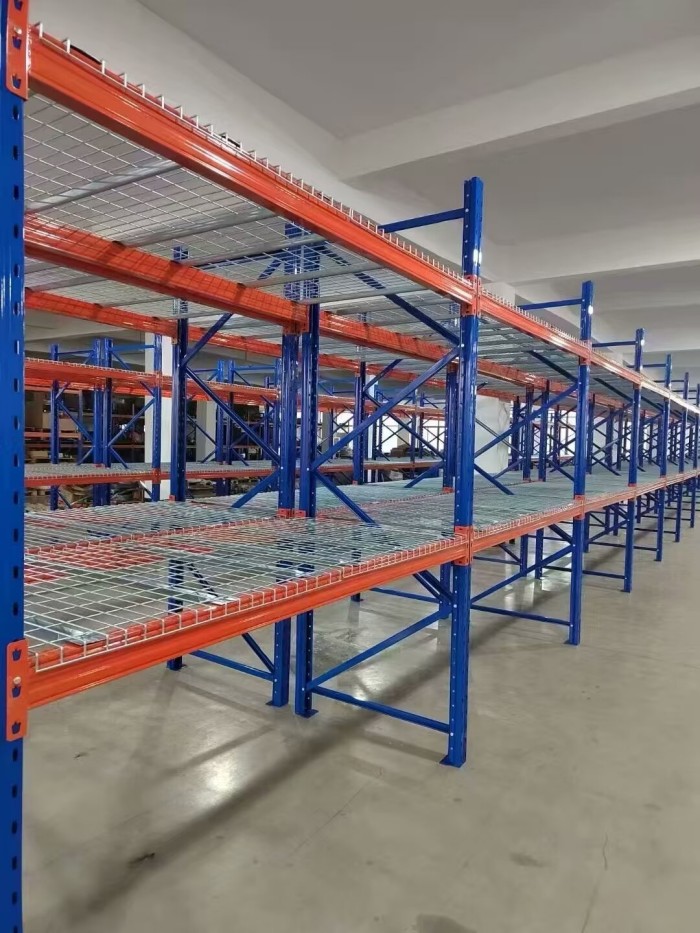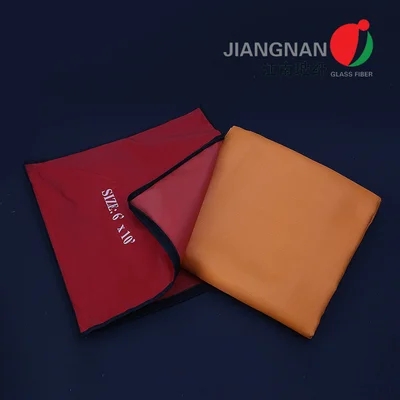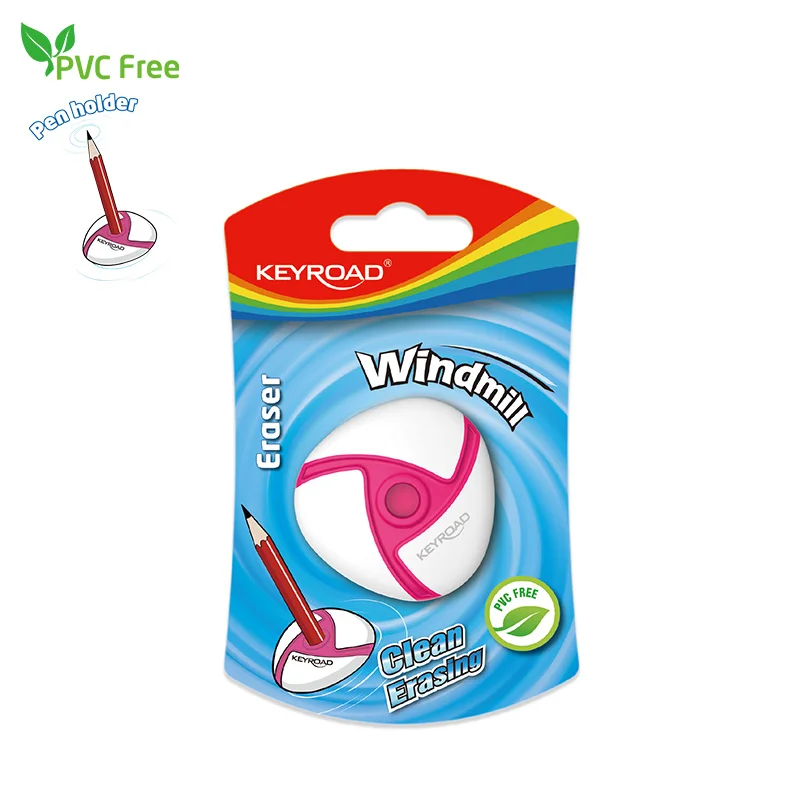Choosing the Right Shield: An In-Depth Guide to the Best Materials for Heat Protection
In an era where industrial processes, aerospace applications, and even everyday household items demand effective heat protection, selecting the right material is crucial. The effectiveness of heat protection materials can significantly impact safety, efficiency, and performance across various sectors. This article delves into the best materials for heat protection, exploring their properties, applications, and the science behind their effectiveness.
Understanding Heat Transfer
Before diving into specific materials, it's essential to understand the mechanisms of heat transfer: conduction, convection, and radiation. Each mechanism requires different approaches to heat protection:
- Conduction: The transfer of heat through direct contact. Materials with low thermal conductivity are preferred for insulation.
- Convection: The transfer of heat through fluid movement. Barriers that disrupt airflow can minimize heat transfer.
- Radiation: The transfer of heat through electromagnetic waves. Reflective materials are effective in reducing radiative heat transfer.
Key Properties of Heat Protection Materials
When evaluating materials for heat protection, several key properties should be considered:
- Thermal Conductivity: A measure of a material's ability to conduct heat. Lower values indicate better insulating properties.
- Temperature Resistance: The maximum temperature a material can withstand without degrading.
- Durability: The material's ability to maintain its protective properties over time, especially under extreme conditions.
- Weight: In applications such as aerospace, lightweight materials are preferred to reduce overall mass.
- Cost-effectiveness: The balance between performance and affordability is crucial for widespread application.
Top Materials for Heat Protection
- Ceramic Fiber
Ceramic fiber is a high-temperature insulation material that can withstand temperatures up to 1,600°C (2,912°F). Its low thermal conductivity makes it ideal for applications in furnaces, kilns, and other high-heat environments. Additionally, ceramic fibers are lightweight and resistant to chemical degradation, making them suitable for various industrial applications.
- Aerogel
Often referred to as frozen smoke, aerogel is one of the lightest solid materials known, with exceptional thermal insulation properties. It can withstand temperatures up to 1,200°C (2,192°F) and has a thermal conductivity lower than that of air. Aerogel is increasingly used in aerospace applications, building insulation, and even in clothing for extreme weather conditions.
- Fiberglass
Fiberglass is a composite material made from fine glass fibers. It is widely used in insulation due to its excellent thermal resistance and durability. Fiberglass can withstand temperatures up to 550°C (1,022°F) and is often used in building insulation, automotive applications, and industrial equipment.
- Mineral Wool
Mineral wool, or rock wool, is made from natural or synthetic minerals and is known for its fire-resistant properties. It can withstand temperatures up to 1,000°C (1,832°F) and is commonly used in construction for fireproofing and thermal insulation. Its soundproofing capabilities also make it a popular choice in residential and commercial buildings.
- Reflective Insulation
Reflective insulation materials, such as radiant barriers, work by reflecting radiant heat away from living spaces. These materials are particularly effective in hot climates, where they can significantly reduce cooling costs. They are often used in attics and roofs to improve energy efficiency.
Applications of Heat Protection Materials
The choice of heat protection material often depends on the specific application:
- Aerospace: Materials like ceramic fiber and aerogel are used in spacecraft and aircraft to protect sensitive components from extreme temperatures during re-entry and high-altitude flight.
- Automotive: Fiberglass and mineral wool are commonly used in vehicle insulation to protect passengers from engine heat and improve fuel efficiency.
- Construction: Reflective insulation and mineral wool are employed in building designs to enhance energy efficiency and fire safety.
- Industrial: High-temperature applications in manufacturing often utilize ceramic fibers and fiberglass to protect equipment and personnel from heat exposure.
Conclusion
Selecting the best material for heat protection involves a careful consideration of the specific requirements of the application, including temperature resistance, durability, and cost. As technology advances, new materials such as aerogel are emerging, offering even greater performance. By understanding the properties and applications of these materials, industries can make informed decisions that enhance safety and efficiency.






